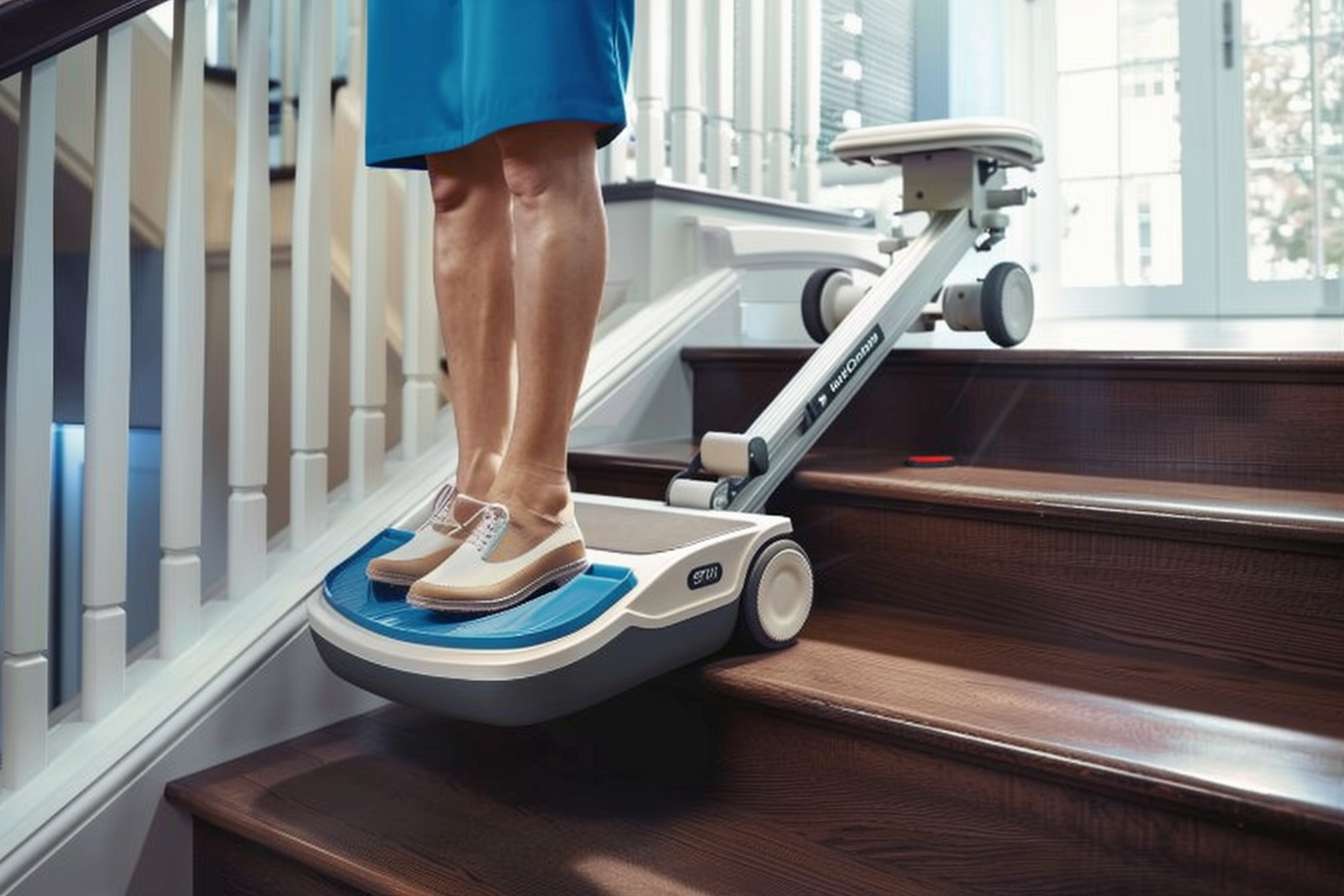What Seniors Should Know Before Using Stair Lifts
Finding an affordable stair lift for seniors can profoundly improve mobility and safety at home. With numerous budget-friendly options available in 2025, families can choose reliable models that fit their financial needs without compromising essential features. Many brands offer discounts, and some financing options may be available to seniors. By researching affordable stair lifts and available resources, seniors can navigate their living spaces with greater independence and confidence.

Affordable Stair Lift Options for Seniors
Stair lifts vary significantly in price depending on the type, features, and installation requirements. Straight stair lifts, which run along a single flight of stairs without curves or landings, typically cost between $3,000 and $5,000 installed. Curved stair lifts, custom-built to navigate turns and multiple levels, range from $10,000 to $15,000 or more. For seniors on fixed incomes, several affordable options exist. Refurbished or pre-owned stair lifts can reduce costs by 30 to 50 percent while still providing reliable functionality. Renting a stair lift is another budget-friendly alternative, with monthly rates typically between $150 and $300, ideal for temporary mobility challenges or short-term recovery periods. Some manufacturers offer basic models with fewer features at lower price points, allowing seniors to access essential mobility assistance without premium costs.
Stair Lift Safety Features and Considerations
Safety remains the primary concern when selecting a stair lift. Modern units include multiple safety mechanisms designed to protect users. Seat belts secure riders during transit, while sensors detect obstructions on the stairs, automatically stopping the lift to prevent collisions. Swivel seats allow users to safely mount and dismount away from the stairs, reducing fall risks. Battery backup systems ensure the lift operates during power outages, preventing users from becoming stranded. Footrest sensors stop the lift if pressure is detected, protecting pets or objects on the stairs. Weight capacity is another critical consideration, with most residential stair lifts supporting between 250 and 400 pounds. Armrests should lock securely in place, and controls must be easily accessible and simple to operate. For seniors with cognitive challenges, key-operated controls prevent unauthorized use and ensure the lift remains in a safe position when not in use.
Financing Options for Stair Lifts
Several financing avenues help seniors manage stair lift costs. Many manufacturers and dealers offer payment plans with low or zero-interest financing for qualified buyers, spreading costs over 12 to 60 months. Home equity loans or lines of credit provide another option, allowing homeowners to borrow against their property value at competitive interest rates. Veterans may qualify for grants through the VA’s Home Improvements and Structural Alterations program, which provides up to $6,800 for service-connected disabilities or $2,000 for non-service-connected conditions. Medicaid waiver programs in some states cover stair lift costs for eligible individuals, though coverage varies by location. Medicare typically does not cover stair lifts as they are considered home modifications rather than durable medical equipment. Some nonprofit organizations and community programs offer grants or low-interest loans specifically for home accessibility modifications. Tax deductions may apply if a physician prescribes the stair lift as medically necessary, allowing seniors to deduct the expense as a medical cost on federal tax returns.
Comparing Stair Lift Models and Brands
Selecting the right stair lift involves comparing features, reliability, and costs across different manufacturers. The following table provides a comparison of real providers and their offerings:
| Provider | Services Offered | Cost Estimation |
|---|---|---|
| Acorn Stairlifts | Straight and curved models, custom installations, warranty coverage | $3,200 - $12,000 |
| Bruno Independent Living Aids | Indoor and outdoor lifts, heavy-duty models, rail options | $3,500 - $15,000 |
| Stannah Stairlifts | Slim-design models, curved rail systems, remote controls | $3,000 - $14,000 |
| Harmar | Compact designs, portable options, outdoor-rated units | $2,800 - $10,000 |
| AmeriGlide | Budget-friendly straight lifts, DIY installation kits | $1,500 - $8,000 |
Prices, rates, or cost estimates mentioned in this article are based on the latest available information but may change over time. Independent research is advised before making financial decisions.
When comparing models, consider track length, seat comfort, control placement, and warranty terms. Some brands specialize in slim designs suitable for narrow staircases, while others focus on heavy-duty construction for bariatric needs. Outdoor-rated models feature weather-resistant materials and covers. Warranty coverage typically ranges from one to five years on parts and labor, with lifetime warranties available on certain structural components. Customer service reputation and local dealer availability also influence long-term satisfaction, as regular maintenance and prompt repairs extend equipment lifespan.
Stair Lift Installation and Maintenance
Professional installation ensures stair lifts function safely and reliably. The process begins with a home assessment where technicians measure the staircase, evaluate structural requirements, and determine the appropriate rail configuration. Installation typically takes three to five hours for straight models and one to two days for curved systems. Rails mount directly to the stair treads rather than walls, preserving home structure and allowing other household members to use the stairs normally. Electrical requirements are minimal, with most units plugging into standard outlets and operating on rechargeable batteries that continuously charge when the lift is parked.
Regular maintenance extends equipment life and prevents malfunctions. Monthly tasks include cleaning the rail and seat, checking seat belt function, and testing safety sensors. Annual professional inspections identify wear on moving parts, verify battery performance, and ensure all safety features operate correctly. Lubrication of the rail and mechanical components should occur every six months. Many manufacturers offer service contracts covering routine maintenance and emergency repairs, with annual costs typically between $150 and $300. Proper maintenance keeps stair lifts operating smoothly for 10 to 15 years or longer.
Making an Informed Decision
Choosing a stair lift requires balancing safety, comfort, budget, and long-term needs. Seniors should request multiple quotes, test different models when possible, and verify installer credentials and insurance coverage. Reading customer reviews provides insight into product reliability and company responsiveness. Consider future mobility changes—a model accommodating progressive conditions may prove more cost-effective than replacing equipment as needs evolve. Consulting with occupational therapists or mobility specialists helps identify features matching specific physical limitations. Family involvement in the decision process ensures the selected lift meets both the senior’s independence goals and caregiver peace of mind. By thoroughly researching options and understanding available financial assistance, seniors can confidently invest in a stair lift that enhances safety and quality of life at home.


